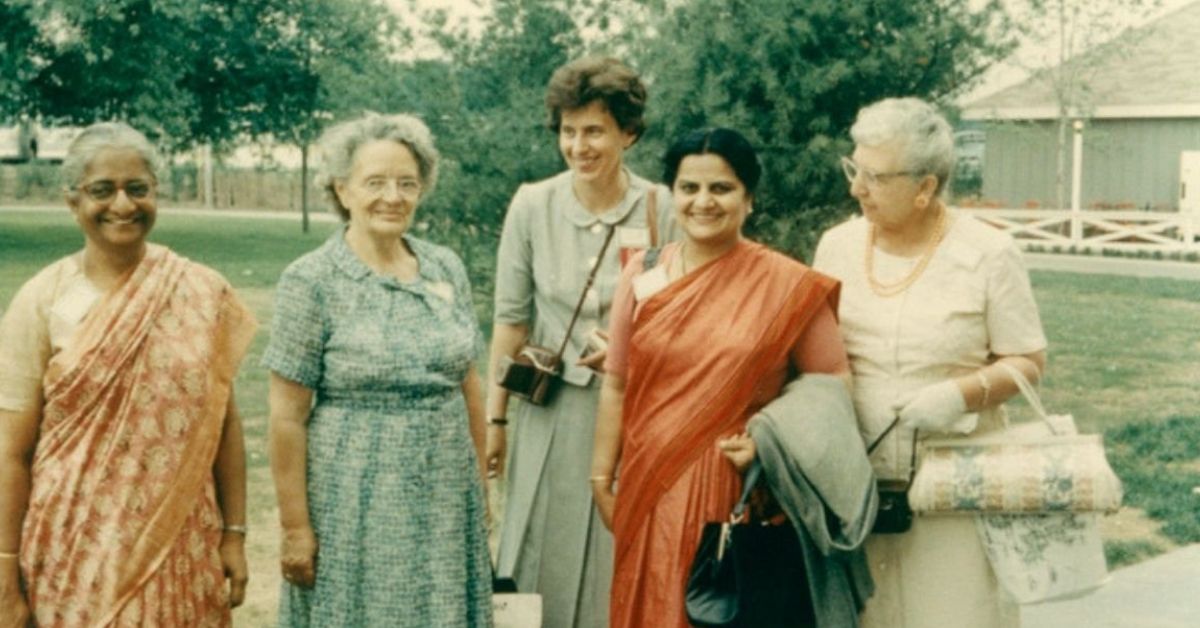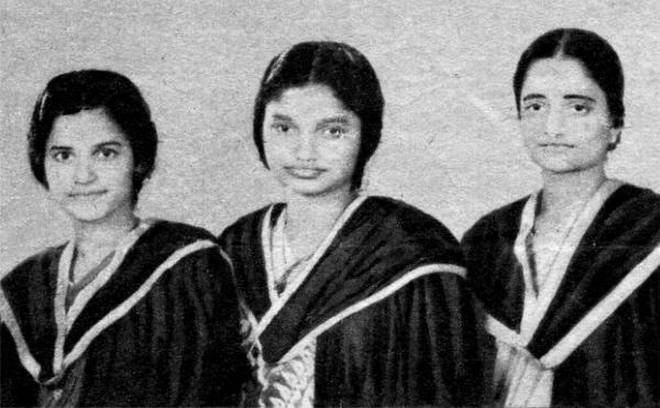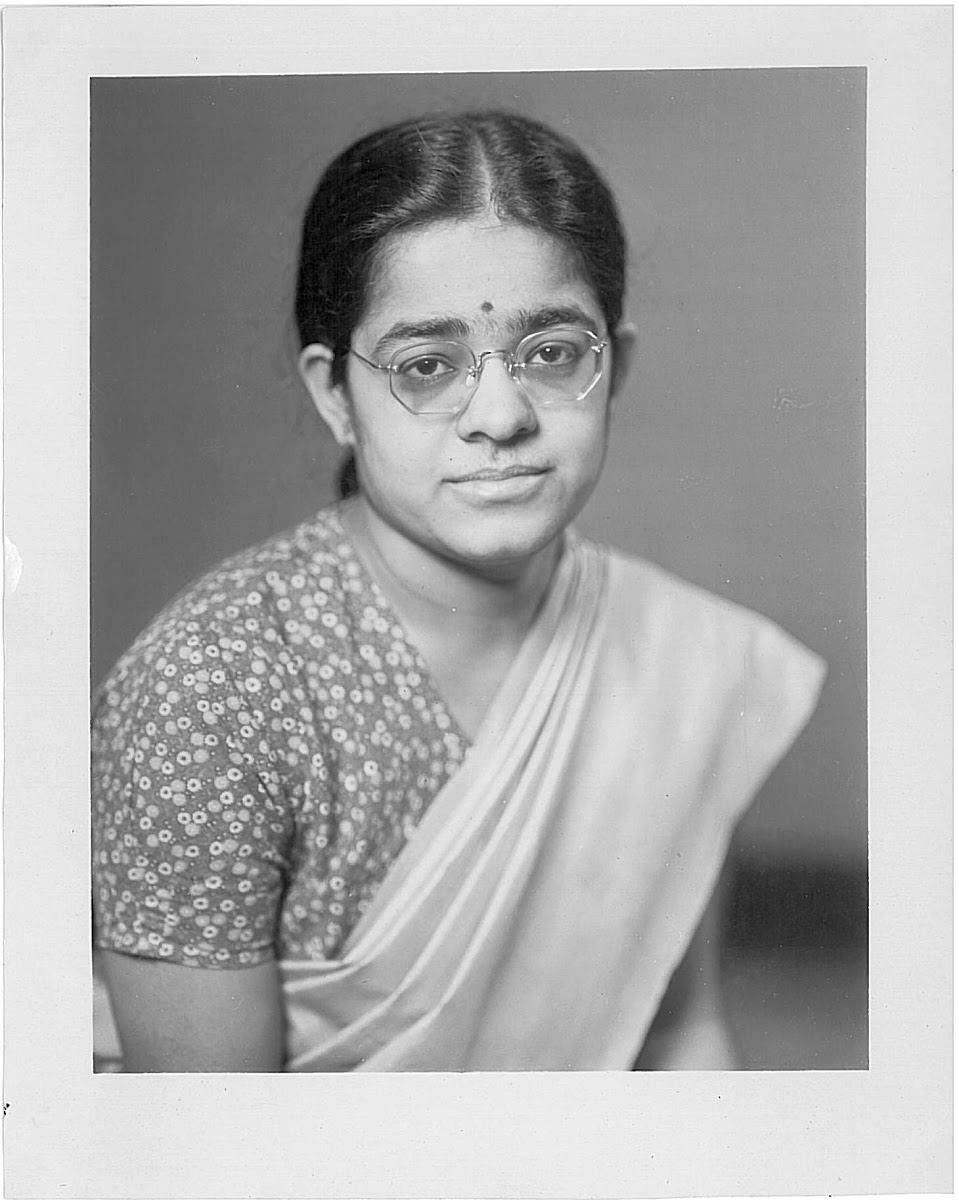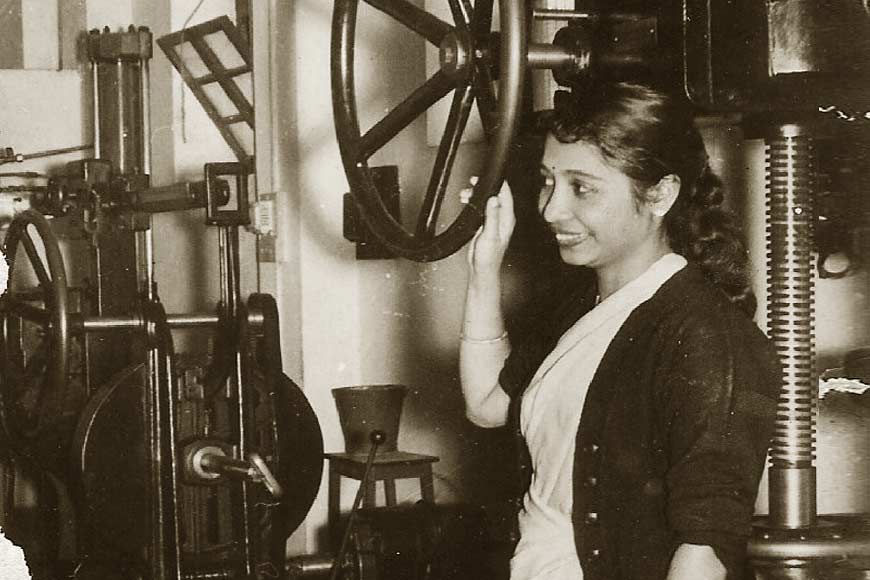History in Pics: 8 Women Engineers Whose Victories Led India Into a Future Full of Innovations
From A Lalitha, India's first female engineer; to Parvathi Mattancheril, who was the only girl on campus when studying engineering -- these phenomenal women paved the path for empowerment and innovation in the country.

These women broke the glass ceilings in their fields, built bridges, and laid the cornerstone for innovation in the country. They were the engineers of India who laid the path for countless others to follow at a time when it was unheard of. India’s first female engineer, A Lalitha, lost her husband at a young age. At the first international conference of female engineers and scientists in 1964, in New York, she said, “About 150 years ago, I would have been burned at the funeral pyre with my husband’s body.” She was referring to the practice of sati that prevailed in India at the time. But instead of giving in to the societal standards set for women back then, Lalitha chose to defy the odds much like her compatriots.
Here are their courageous stories of zeal.
1. Ayyalasomayajula Lalitha
At the age of 18, Lalitha was left to care for her four-month-old daughter following the death of her husband. For no fault of her own, society prescribed her a sentence of isolation. But Lalitha did not let this define her life or her career choices.
As her daughter, Syamala Chenulu, tells The Better India, “When my father passed away, my mother had to suffer more than she should have. Her mother-in-law had lost her 16th child and took out that frustration on the young widow. It was a coping mechanism and today, I understand what she was going through. However, my mother decided not to succumb to societal pressures. She educated herself and earned a respectable job.”
When Lalitha chose the engineering path in 1940, she was the only female among hundreds of boys at the college. But she was soon joined by two other women, PK Thresia and Leelamma George Koshie, who also carved out incredible niches for themselves in the male-dominated profession.
2. PK Thresia
When Lalitha expressed her wish to join the four-year engineering program at the College of Engineering, Guindy, University of Madras, her father who was a professor at the college did everything to support her.
However, getting admitted to the program was the least of her worries as Lalitha eventually discovered. Women were not welcome in a field like engineering. Intent to make his daughter feel at ease, her father put out an ad for other girls who also wished to join the program. Two women took the opportunity – PK Thresia and Leelamma George Koshie.
Following her degree, Thresia went on to become the first woman chief engineer in the Public Works Department (PWD) in Kerala in 1971, a position she served for eight years. During her service, she commissioned 35 new bridges every year along with road construction projects.

3. Leelamma George Koshie
Among the famous trio of the first three women to study engineering at CEG, one was Koshie. At a time when women in the field of innovation were a rare sight, Koshie made waves with her ideas in the public works department so much so that the Maharani of Travancore was frequently heard motivating other women of the state to take inspiration from her.
She also sponsored Koshie’s higher education in town planning in England following which, the latter returned to India and worked in Trivandrum.
4. Rajeshwari Chatterjee

It is safe to say that Chatterjee revolutionised the fields of microwave and antennae engineering during her tenure as the chairman of the Department of Communication Engineering at the Indian Institute of Sciences (IISc). The ideas she brought to the table were ingenious, to say the least.
As Chatterjee writes in her article titled ‘Lucky to Be Where I Am’, published by the Indian Academy of Sciences, “My grandmother, Kamalamma Dasappa, was one of the very first women graduates in the erstwhile Mysore State, and was very active in the field of women’s education.”
It was after attending her grandmother’s ‘Special English School’ that Chatterjee attended the Central College in Bengaluru where she studied Maths and Physics. In 1953, she joined the IISc, exploring the gamut of topics related to electron tube circuits and microwave technology.
5. Shakuntala A Bhagat

Bhagat was the first Indian woman to obtain a civil engineering degree. She used this to greatly contribute to the architecture of the country. Bhagat’s flair for mechanics was reflected in the projects she undertook along with her husband Anirudha S Bhagat.
In 1970, the duo launched their brand of strength – Quadricon. The bridge construction firm specialises in prefabricated modular design that they have also patented. It was used to build a bridge at Spiti, Himachal Pradesh in 1972.
By 1978, the company had built 69 bridges from Kashmir to Arunachal Pradesh. Presently, the couple has over 200 Quadricon steel bridges to their name.
6. A Parvathi Mattancheril

Parvathi’s most remarkable feat was her being principal of three different women’s polytechnic colleges across her 34-year career, namely Government Polytechnic for Women, Madurai, Dr Dharmambal Government Polytechnic College for Women, Madras and the Government Polytechnic for Women, Coimbatore.
The young girl from Kerala had always displayed a fond interest in the way things worked and it came as no surprise when she chose the engineering path. Her capabilities and ideas took her places. An anecdote that is often retold is of how Parvathi was the only girl on campus in 1956 such that the University had to hire a female typist just so that Parvathi would have company.
7. Ila Majumdar

When the doors of the Bengal Engineering College were opened for women in 1947, Ila took this opportunity to pursue a dream she had long since harboured. In an interview to Telegraph India, she recalled, “Those were the days when few women opted for a career and the handful who did stuck to medicine. I got through the medical entrance too, but engineering was what I wanted to study.”
Ila spent her engineering years in the one-room accommodation on the ground floor of the Principal’s bungalow as she was the only female student among 800 boys. But the taste of success was sweet when she graduated in 1951 as India’s first mechanical engineer.
While her practical career was taking flight, Ila also published two books ‘Applied Mechanics Through Worked Examples’ and ‘Hydraulics Through Worked Examples.’
8. Mary Mathew
Hailing from Malabar with her father working as an officer in the British Indian Army, Mathew’s growing up years were greatly influenced by the freedom struggle. Following graduation in electrical engineering in Madras, Mathew joined the Madras State Electricity Board as a junior engineer. She played a vital role in planning for the electricity distribution for the state.
She was instrumental in spearheading the establishment of the Government Polytechnic College for women in Coimbatore. After eight years here she was sent to Madurai to establish the Government Polytechnic college there. Under Mathew’s leadership, numerous new courses were started at these colleges, empowering many women to pursue engineering.
Edited by Padmashree Pande
If you found our stories insightful, informative, or even just enjoyable, we invite you to consider making a voluntary payment to support the work we do at The Better India. Your contribution helps us continue producing quality content that educates, inspires, and drives positive change.
Choose one of the payment options below for your contribution-
By paying for the stories you value, you directly contribute to sustaining our efforts focused on making a difference in the world. Together, let’s ensure that impactful stories continue to be told and shared, enriching lives and communities alike.
Thank you for your support. Here are some frequently asked questions you might find helpful to know why you are contributing?


This story made me
- 97
- 121
- 89
- 167













